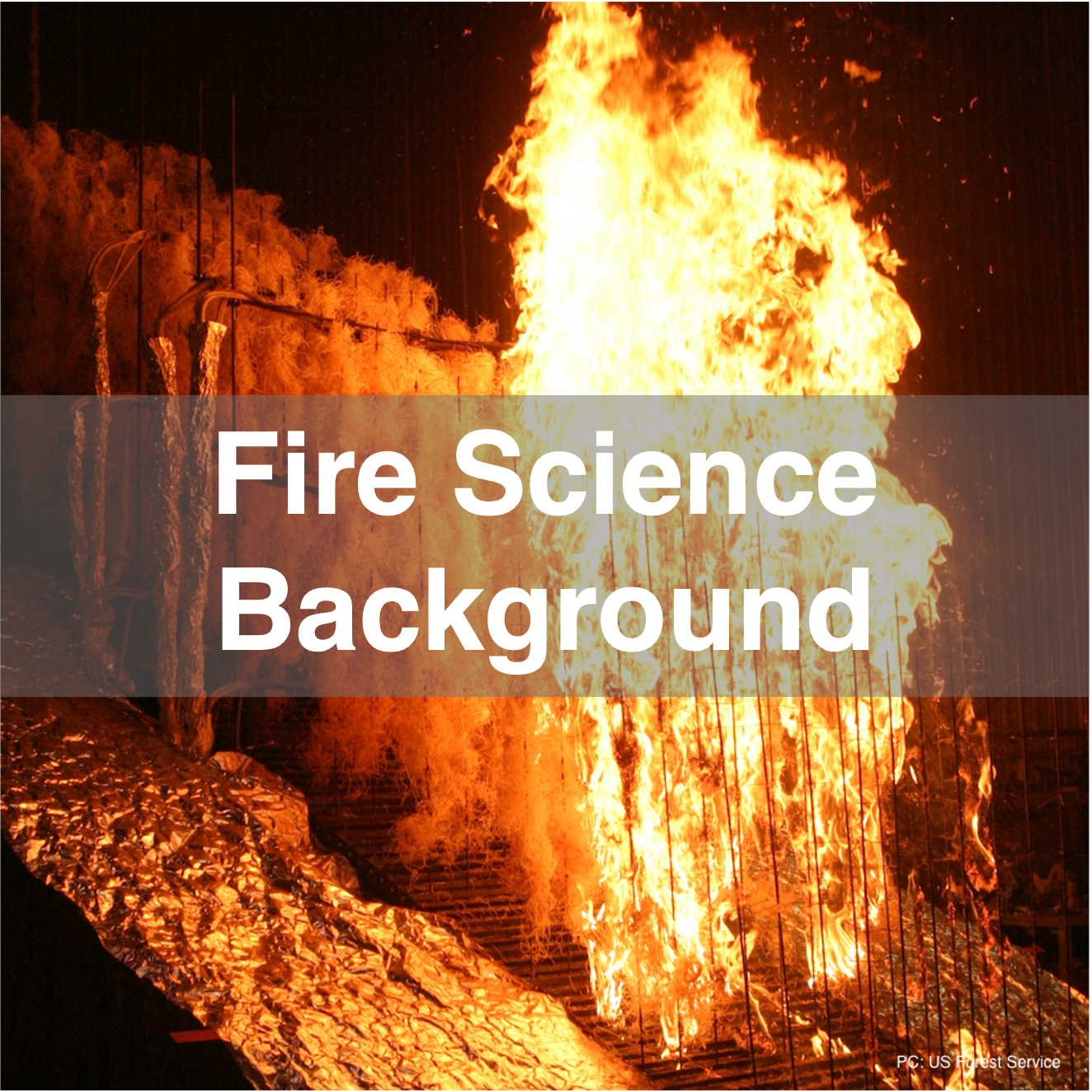Fire Science & Ecology
Fire is both a physical and ecological process. Physical processes include the heat produced, rate of spread, and direct impacts on other ecosystem components. Ecological processes involve the indirect impacts fire has on soils, vegetation, watersheds, and wildlife.
Fire plays an integral role in California’s ecosystems. Prior to European colonization, both natural ignitions from lightning and intentional ignitions by Indigenous Peoples led to the routine presence of low- to moderate-severity fire on the landscape. These fires moderated fuel structure and composition, resulting in fire-resilient ecosystems.
However, starting in the early 20th Century, fire suppression policies were implemented to protect valued resources on natural and working landscapes. The exclusion of both Indigenous and natural ignitions, coupled with suppression policies led to an increase in tree densities and lower proportions of fire-resistant species.
Consequently, the resilience of California's ecosystems is now weakened by droughts and pest attacks amplified by climate change and the accumulation of flammable biomass. As a result of past management practices and climate change, we went from having fires of low- to moderate-intensity to massive fires, which burn at greater proportions of high severity and are extremely difficult to control.
In order to avoid consequences from large and intense wildfires, it is necessary to actively restore fire-adapted ecosystems and prepare our communities. Fuel reduction and ecosystem restoration strategies implemented by land managers across the state are rooted in fire science and regional ecology. In this section, we explain the foundational knowledge of fire science, fire ecology of each of California's bioregions, and the impacts of climate change on wildfires (coming soon).
Want to learn more about the fire-related terms used above? Check out the Fire Dictionary!

